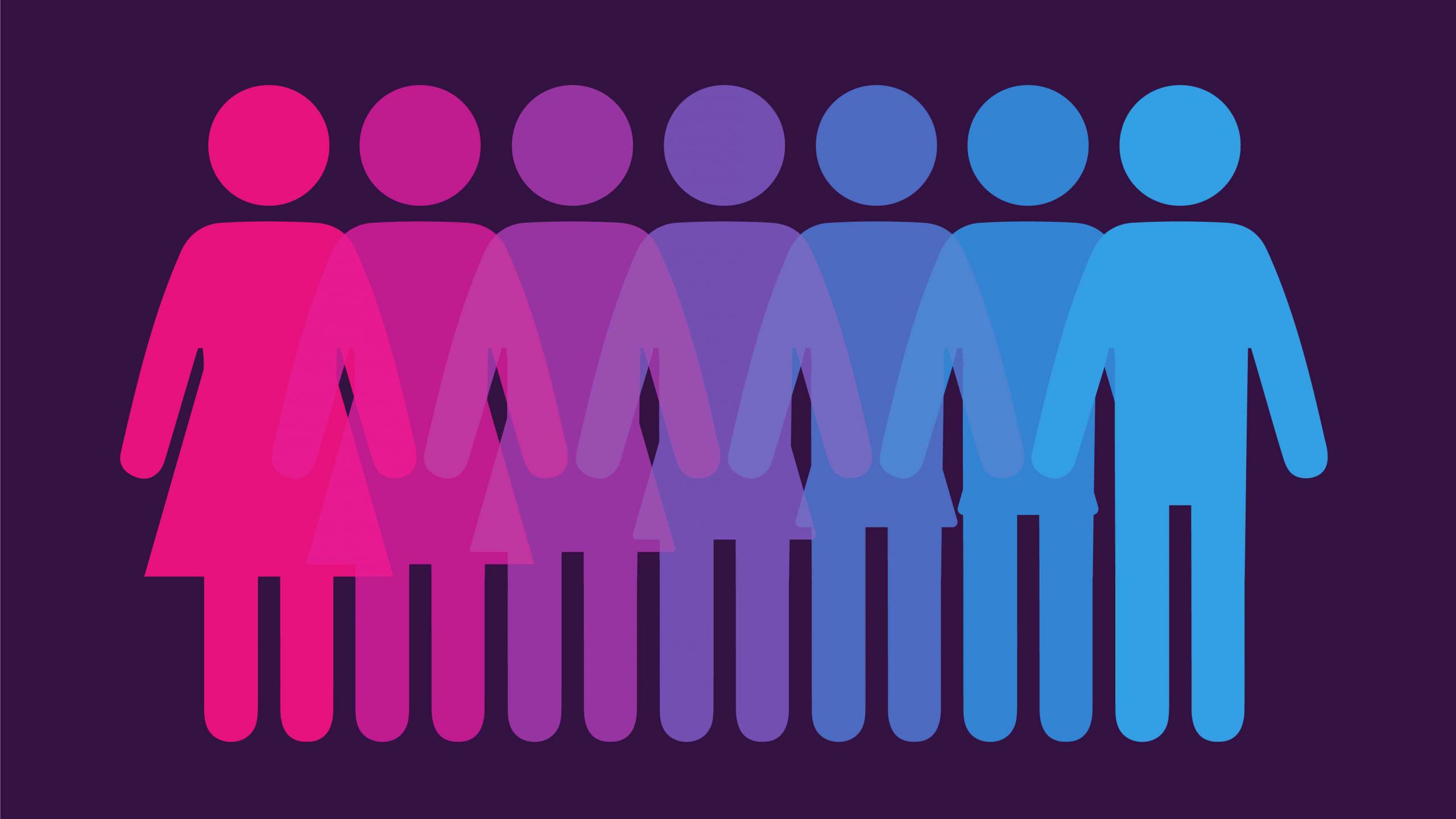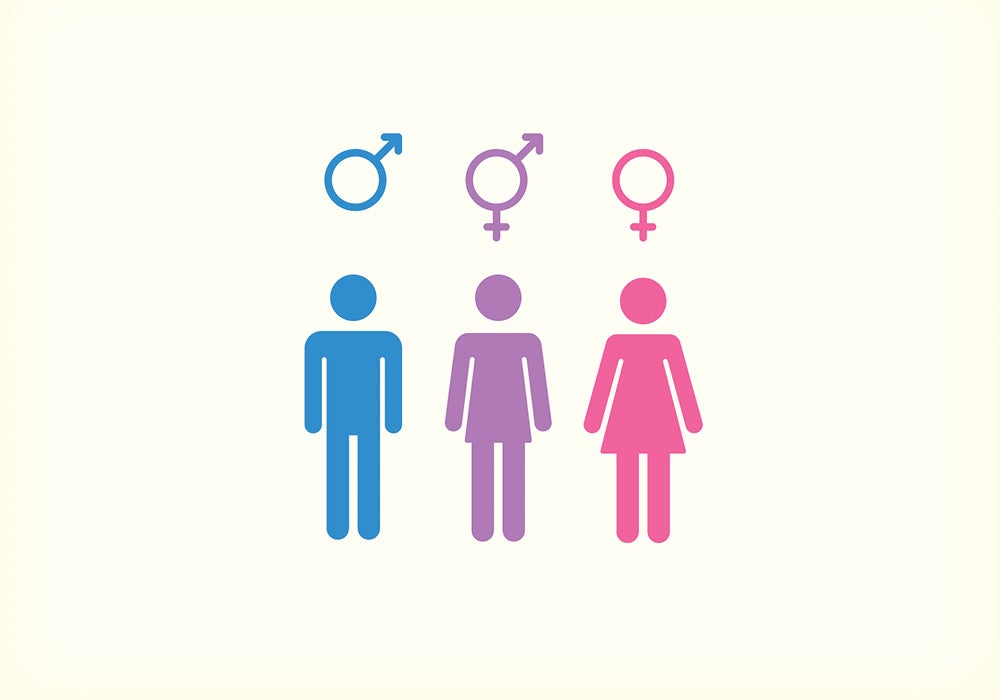Gender Division of Labor and Social Construction of Sex Roles
## Gender Division of Labor and Social Construction of Sex Roles
The gender division of labor refers to the allocation of different types of work to men and women, which is deeply rooted in societal norms and expectations. This division is not merely a reflection of biological differences but is largely a social construct that shapes and is shaped by cultural, economic, and historical contexts.
****Understanding the Gender Division of Labor
- **Definition**: The gender division of labor involves the systematic differentiation of tasks based on gender, where certain jobs are predominantly associated with men (e.g., construction, engineering) and others with women (e.g., nursing, teaching). This division extends beyond paid employment to include unpaid domestic work, caregiving, and other responsibilities typically assigned to women.
- **Historical Context**: Historically, the division of labor has been justified by notions of "natural" differences between the sexes. For instance, men were often seen as providers and protectors, while women were relegated to nurturing roles. These roles were considered essential for the survival and functioning of families and communities. However, as societies evolved, these roles became institutionalized, leading to persistent inequalities in economic status and power dynamics between genders[1][7].
- **Cultural Variability**: The division of labor is not uniform across cultures; it varies significantly based on social norms, economic structures, and historical developments. In some societies, women may engage in agricultural work alongside men, while in others, they may be excluded from certain types of labor altogether. This variability highlights that gender roles are socially constructed rather than biologically predetermined[5][6].
****Social Construction of Sex Roles
The social construction of sex roles plays a critical role in perpetuating the gender division of labor:
- **Stereotypes and Norms**: Societal norms dictate what behaviors are deemed appropriate for men and women, often steering individuals toward traditional roles from a young age. Boys might be encouraged to pursue assertive or technical subjects, while girls may be directed toward nurturing or artistic endeavors. These stereotypes limit individual choices and reinforce gendered expectations in both public and private spheres[2][4].
- **Value Assignments**: The work typically performed by men is often valued more highly than that done by women. This disparity manifests in wage gaps, occupational segregation, and unequal opportunities for advancement. For example, jobs predominantly held by women tend to offer lower pay and less prestige compared to male-dominated fields[1][4][7].
- **Institutional Reinforcement**: Institutions such as education systems, workplaces, and family structures reinforce gender roles through policies and practices that favor traditional divisions. For instance, parental leave policies that primarily benefit mothers can perpetuate the idea that childcare is primarily a woman's responsibility, thus limiting women's career prospects[3][4].
- **Doing Gender**: The concept of "doing gender," as articulated by sociologists like Judith Lorber and West & Zimmerman, emphasizes that individuals actively perform their gender roles through everyday interactions. This performance reinforces societal expectations about masculinity and femininity. For example, women may feel compelled to engage in housework or caregiving to align with societal norms about femininity, while men may avoid domestic tasks to uphold traditional notions of masculinity[6][7].
****Implications for Society
The implications of the gender division of labor are profound:
- **Economic Inequality**: The persistent gender division contributes to economic disparities between men and women. Women often face barriers to entry in high-paying fields and experience wage penalties associated with motherhood—known as the "motherhood penalty"—which further exacerbates economic inequalities[4][5].
- **Social Dynamics**: The division also influences social dynamics within families and communities. Traditional roles can lead to imbalances in power within households, affecting decision-making processes and contributing to broader patterns of inequality in society.
- **Changing Norms**: Efforts to challenge the gender division of labor are underway through various initiatives aimed at promoting gender equality in the workplace. This includes policies for equal pay, affirmative action programs, and campaigns encouraging women's participation in male-dominated fields such as STEM (science, technology, engineering, mathematics)[1][7].
In conclusion, the gender division of labor reflects a complex interplay between social norms, cultural expectations, and institutional practices that construct sex roles within society. Understanding this division as a social construct rather than a natural order allows for critical examination and potential transformation toward greater equity in both public and private spheres.
Citations:
[1] https://www.ineteconomics.org/events/ysi-africa-convening-1/gender-economics-the-gender-division-of-labour-diversity-and-change
[2] https://www.linkedin.com/pulse/gender-social-construction-hasanul-banna
[3] https://www.ncbi.nlm.nih.gov/pmc/articles/PMC4584401/
[4] https://www.economicsobservatory.com/what-explains-the-gender-division-of-labour-and-how-can-it-be-redressed
[5] https://onlinelibrary.wiley.com/doi/10.1002/9781119535812.ch2
[6] https://www.gla.ac.uk/0t4/crcees/files/summerschool/readings/WestZimmerman_1987_DoingGender.pdf
[7] https://sociology.institute/sociology-of-gender/gender-division-labour-social-implications/
[8] https://research-information.bris.ac.uk/ws/portalfiles/portal/172829970/Gender_Division_of_Labour_Pre_Print.pdf








